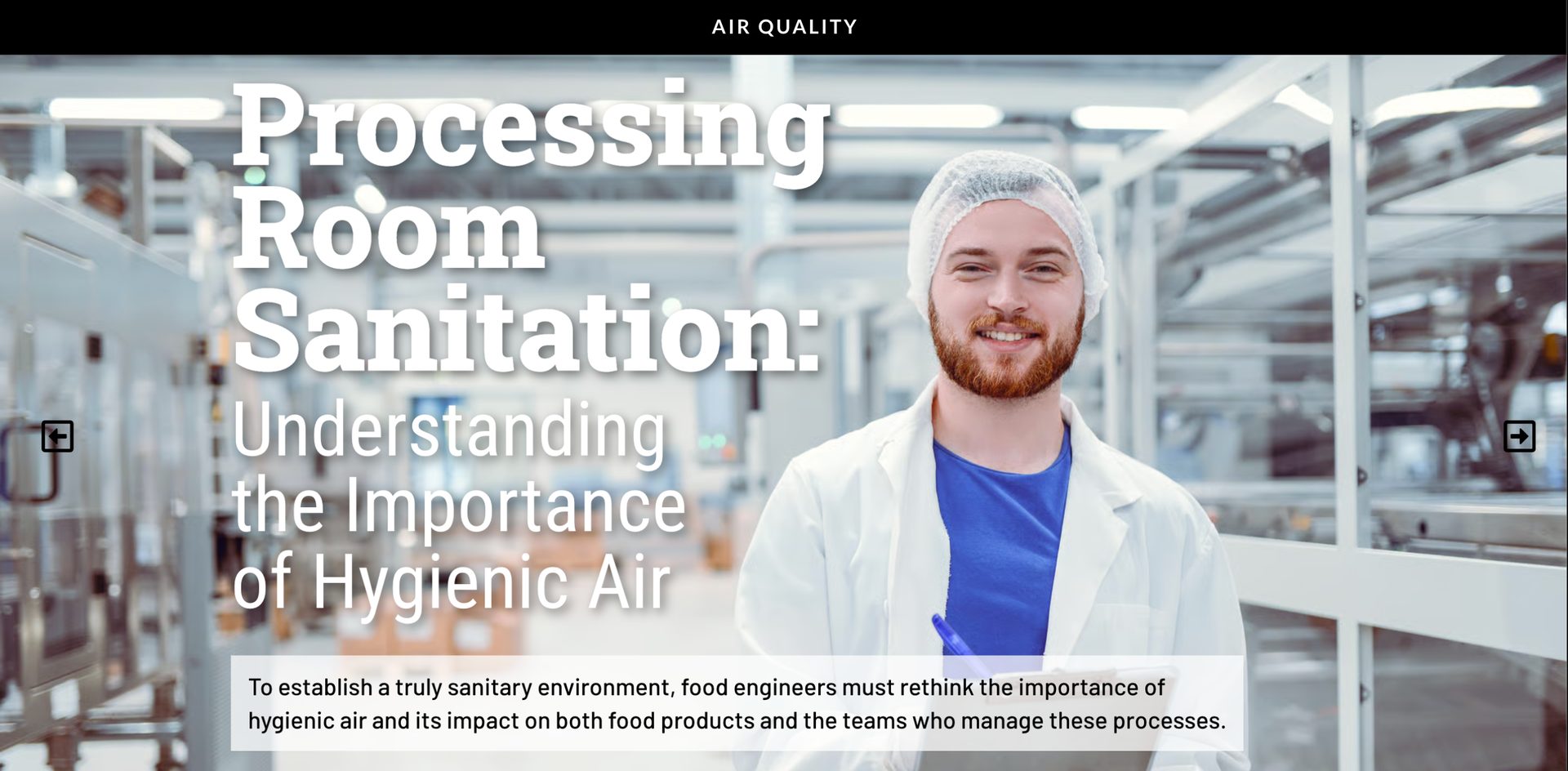What’s Driving Change in Food Manufacturing?
AI, automation and consumer trends continue to drive change in food and beverage manufacturing, according to our 2025 State of Food Manufacturing survey.
It’s a question we at FOOD ENGINEERING ask all the time, and it’s not necessarily an easy one to answer:
What’s driving change in food manufacturing?
There are all kinds of forces at play — whether it’s external economic and technological forces or the internal need for continuous improvement.
Luckily, with our 46th State of Food Manufacturing survey, we have an opportunity to narrow down our scope. In partnership with research firm myCLEARopinion, we asked food and beverage professionals which trends they believe will shape manufacturing over the next five years.
Once again, artificial intelligence (AI) and automation integration topped this list. This year, 35% of survey respondents say AI and automation are a major trend, up from 27% in 2024.
As one respondent notes: “The use of AI assisted programs and processes will greatly revolutionize not only the food industries but most likely all industries. Its use is becoming more widespread and adaptation is rapidly increasing.”
Another writes: “Artificial intelligence will drastically change our operations for the better. Business plans include incorporating predictive maintenance, cobots, generative design algorithms, (and) better supply chain management initiatives within the next fiscal year.”
Consumer demand is also an important driver, according to 19% of survey respondents. In their written responses, manufacturing professionals cite a shift to ready-to-eat and clean-label products.
Health and wellness follow as the third top trend, with 13% of respondents citing it. We saw how quickly the Covid-19 pandemic changed manufacturing protocols, ingredient availability, and even new product launches designed to boost immunity.
Over the last few years, we’ve also seen the rise of GLP-1 drugs for weight loss. Food manufacturers such as Nestlé and Conagra Brands have responded in kind, launching nutrient-dense products in small portions. We also can’t forget about the recent push to phase out artificial dyes in favor of natural colorants. I imagine health and wellness will continue to shape how consumers — and by extension, manufacturers — think about food.
Cost control and regulatory compliance round out the top five. With the Trump administration’s tariffs, alongside high interest rates and inflation, it’s not a surprise that manufacturers are concerned about how to keep their costs down.
With rapidly evolving technology, consumer trends and economic environment, it’s difficult to predict what’s ahead, but whatever challenges come their way, I know food and beverage manufacturers will rise to meet them. FE



